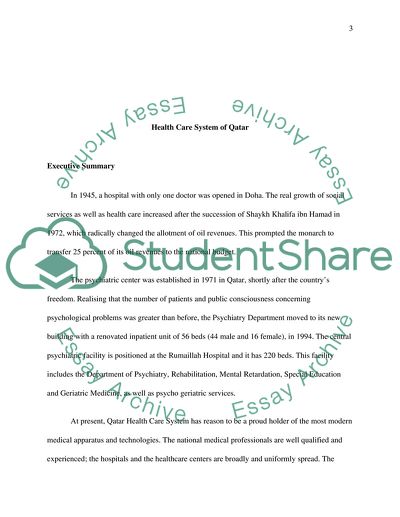Cite this document
(Health are System of Qatar as One of Best in the Global Scenario Research Paper, n.d.)
Health are System of Qatar as One of Best in the Global Scenario Research Paper. Retrieved from https://studentshare.org/health-sciences-medicine/1722707-health-care-system-of-qatar
Health are System of Qatar as One of Best in the Global Scenario Research Paper. Retrieved from https://studentshare.org/health-sciences-medicine/1722707-health-care-system-of-qatar
(Health Are System of Qatar As One of Best in the Global Scenario Research Paper)
Health Are System of Qatar As One of Best in the Global Scenario Research Paper. https://studentshare.org/health-sciences-medicine/1722707-health-care-system-of-qatar.
Health Are System of Qatar As One of Best in the Global Scenario Research Paper. https://studentshare.org/health-sciences-medicine/1722707-health-care-system-of-qatar.
“Health Are System of Qatar As One of Best in the Global Scenario Research Paper”, n.d. https://studentshare.org/health-sciences-medicine/1722707-health-care-system-of-qatar.


